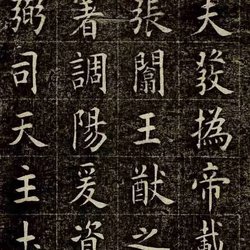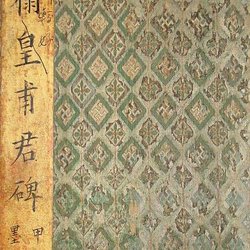
First of all, there are five styles of calligraphy: Seal, Li, Kai, Xing and Cao. In addition, there are three elements of calligraphy: stippling, knotting, and composition. To achieve these three elements well, a series of techniques must be used.
In the creation of each of the five bodies, the application of the three elements is different, and the techniques used to realize these three elements are also different. Therefore, to be precise, the technique of reasonably realizing these three elements is the skill of calligraphy (or the basic skill of calligraphy). Regular script is only one of the five styles. Good regular script does not mean good running script and cursive script, nor does it mean that your calligraphy skills must be very high.
Among the three elements, stippling (also known as brushwork) and knotting (also known as calligraphy) are directly related to the quality of good calligraphy, while the rules of composition deal with the relationship and layout between characters.
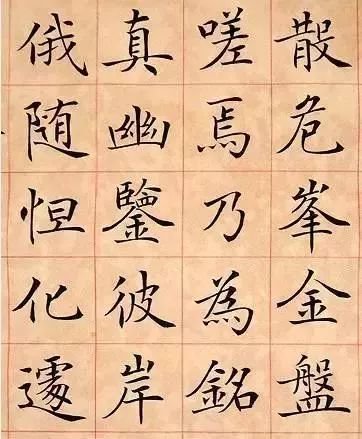
stippling
There are a series of techniques in pointillism (brushwork), and the brushwork techniques of each of the five calligraphy styles are similar but different. The same thing is: the center's writing is always the most important, and the five-body writing requires the center to write. The difference is: the center freight required by each entity is different. How to switch between center and flank, how to move the pen from center, how to start writing, how to stop writing, how to turn, etc. Each style of calligraphy is different.
For example, the brushwork in regular script is static, while the brushwork in running script is dynamic; each stipple in regular script is basically independent, while the stipples in running script are connected. If you can completely master and use the brushwork of any one of the five styles, it can be said to be the skill of calligraphy. Of course, the more brushwork techniques you master, the deeper your skill will be.
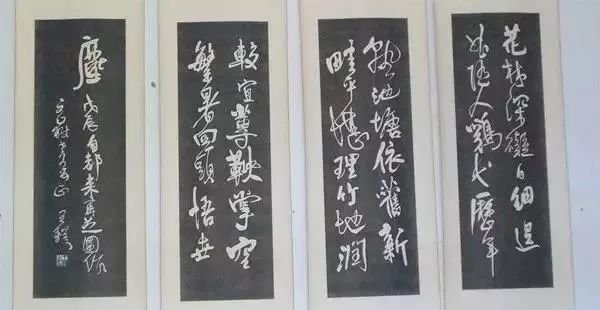
knot
(Chinese calligraphy) is also different in the five styles. For example, there are 36 ways to tie characters in regular script; the way to tie characters in running script is not limited to any method (or there are more methods in running script), but it must be written smoothly and naturally; the way to tie characters in cursive script It is even more ever-changing, and there are differences between small grass and big grass. The more you master these techniques and the better you use them, the deeper your calligraphy skills will be.
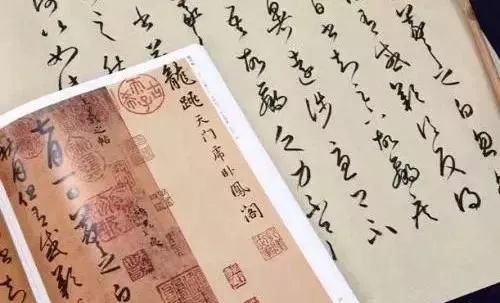
Constitution
As for the reasonable use of composition, it is also very important in creation and is also a part of calligraphy skills.
Therefore, "regular script is the basic skill of calligraphy" is not completely correct. Good regular script writing means that the technique of regular script is well mastered. However, the techniques of regular script are different from those of running script, cursive script and other calligraphy styles. Only the ability to control brushwork and calligraphy is the basic skill and skill of calligraphy.
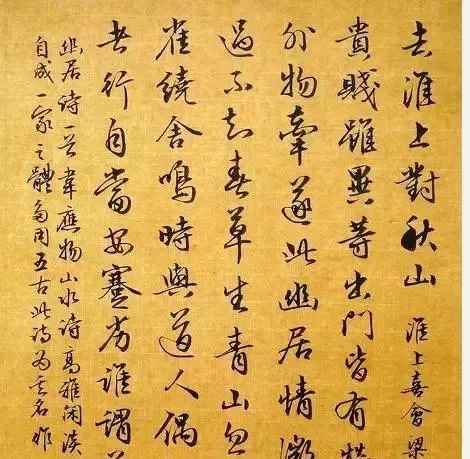
In the initial stage of calligraphy, writing regular script well is helpful for running script or other calligraphy styles, because the regular script and calligraphy of regular script are relatively regular. When learning calligraphy, you generally need to master calligraphy with strong regularity first, and then learn calligraphy with relatively high degree of freedom. Therefore, mastering the basic brushwork and calligraphy of regular script will make it easier to transition to other calligraphy styles. In the advanced stage of calligraphy, regular script and cursive script also have high artistic quality.





